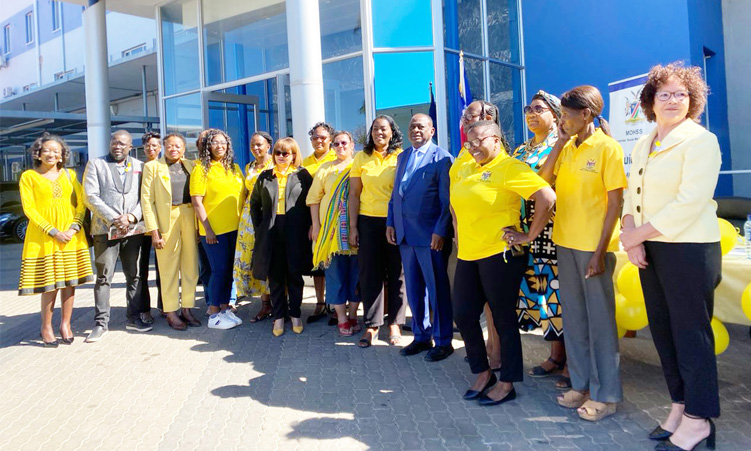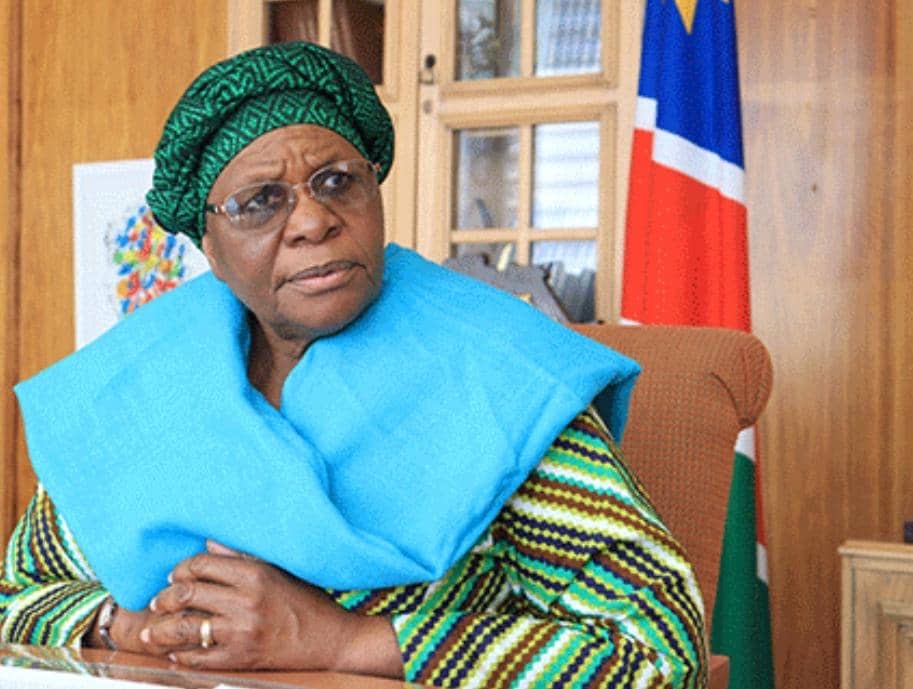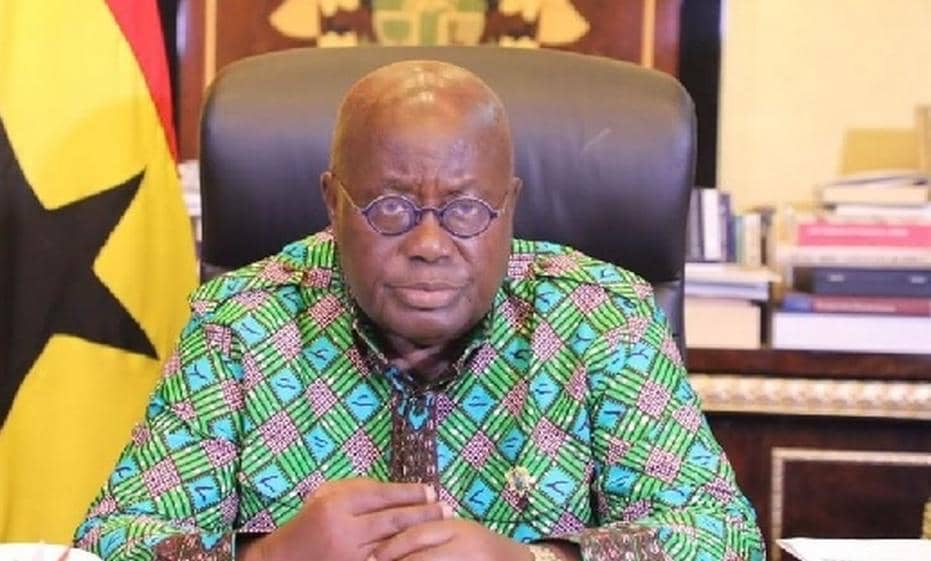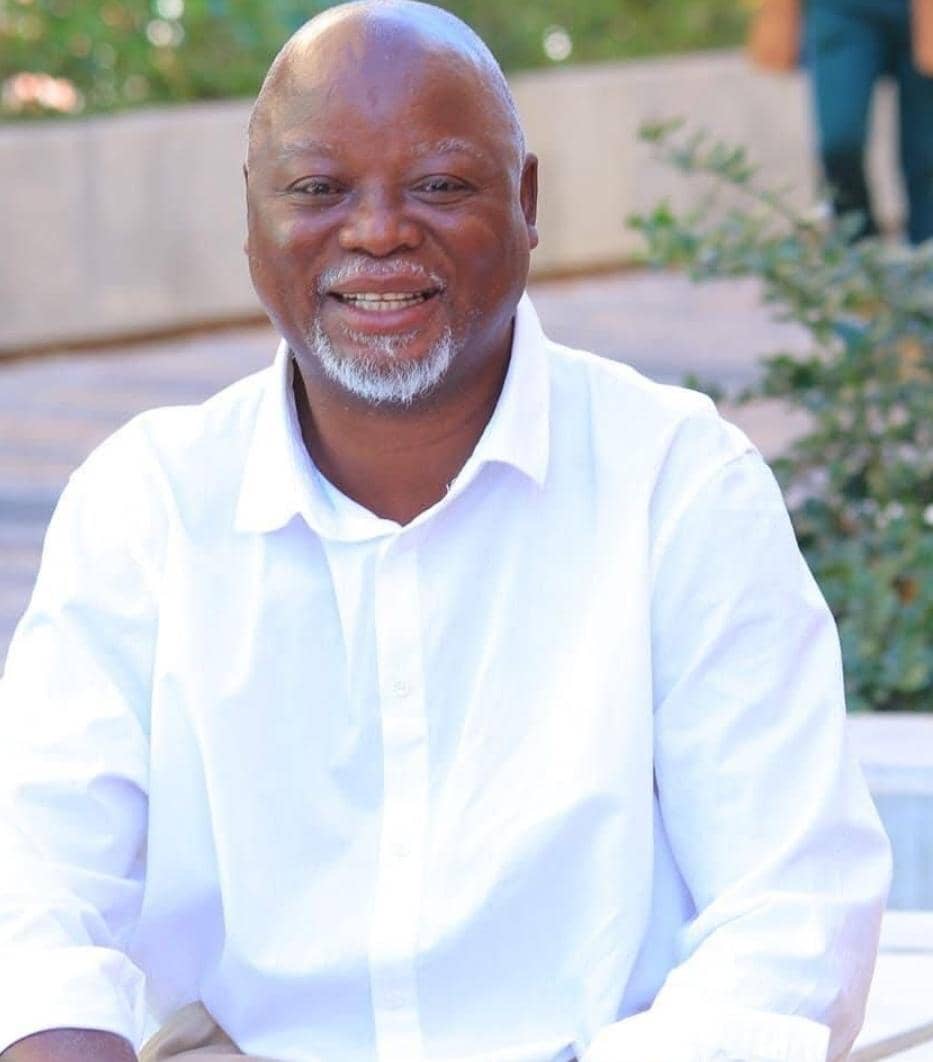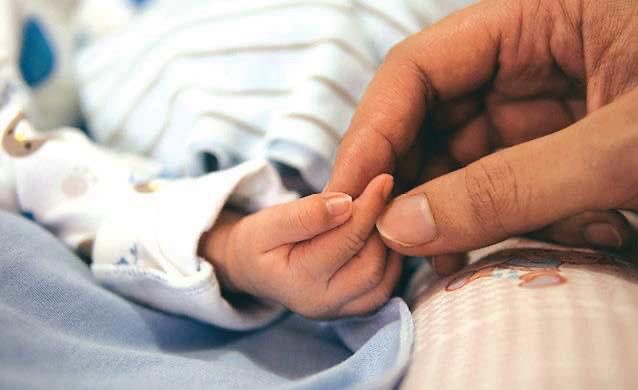As Namibia joined the international community in observing World Suicide Prevention Day, three men in the country took their lives.
Hipukulwa Filipus, (31) from Oshaakondwa village at Oniipa took his own life at around 10h30 on Saturday.
The police reported that no suicide note was left, while his next of kin have been informed of the incident.
In the second incident a teenager (19) from Oshidhingu village at Ondangwa took his life on Saturday afternoon without leaving a note.
His next of kin have been informed of his death and police investigations are ongoing.
Later on Saturday, Zarin Ru-Gelio Groenewaldt (23) from Khomasdal in Windhoek, took his life at around 17h45.
He left no note either and his next of kin have been informed of the incident.
HEALTH
Recent police statistics show that suicide is most prevalent in men (81,5%), followed by women (15,5%) and children (boys 2,2% and girls 0,56%).
Meanwhile, acting World Health Organisation representative Mary Brantuo says Namibia’s suicide rate has been estimated to be between 19 and 21 per 100 000, with the majority of cases involving men.
She said this at the Ministry of Health and Social Services’ World Suicide Prevention Day event, which is observed on 10 September every year.
The event was held on Saturday.
Brantuo said suicide rates in Africa are the highest in the world, with about 11 people per 100 000 taking their lives, compared to nine per 100 000 globally.
She said for every successful suicide there are an estimated 20 attempted suicides.
Brantuo said six of the 10 countries with highest suicide rates in the world are African countries.
‘STEADILY DECLINING’
“The African region male suicide rate is the highest in the world at 18 per 100 000, but nevertheless, the rate of suicide in the region is steadily declining from 15 per 100 000 to 11 per 100 000,” she said.
Brantuo said an average of 700 00 people commit suicide every year.
She said 77% of these deaths occur in low- and middle-income countries.
“Every life lost to suicide has a devastating impact on families, communities and nations,” she said.
The ministry hosted the event under the theme ‘Creating Hope Through Action’.
Brantuo said community actions play a major role in lending a helping hand to those in distress in letting suicidal people know they are not alone.
Minister of health and social services Kalumbi Shangula, who delivered the keynote address, lit a candle and released balloons in remembrance of those who have taken their own lives.
The minister said suicide is a major public health problem with far-reaching social, emotional, and economic consequences.
“August to June 2023, Namibia has lost 623 lives to suicide, of which 82% are males and 15% are women, with 3,2% from the youth demographic,” he said.
The ministry, along with other stakeholders, such Childline/Lifeline and the Ministry of Education, Arts and Culture, has collaborated to create a task force aimed at developing programmes aimed at suicide prevention.
This was confirmed by the technical coordinator at the health ministry, Manny Kandjii.
“We are also developing the second national suicide prevention strategic plan that will be launched this year,” deputy executive director Petronella Masabane said in a speech read on behalf of executive director of health and social services Ben Nangombe.
Masabane said the ministry reiterates that reducing the suicide rate can only be achieved with the help of the community.
Stay informed with The Namibian – your source for credible journalism. Get in-depth reporting and opinions for
only N$85 a month. Invest in journalism, invest in democracy –
Subscribe Now!



